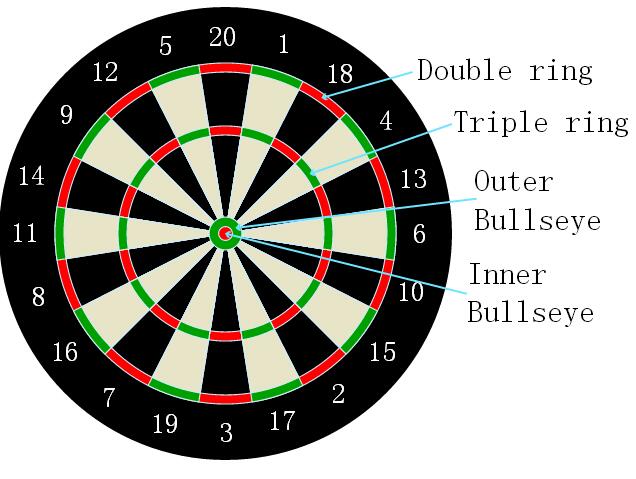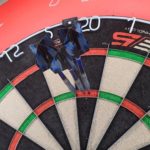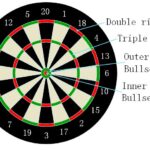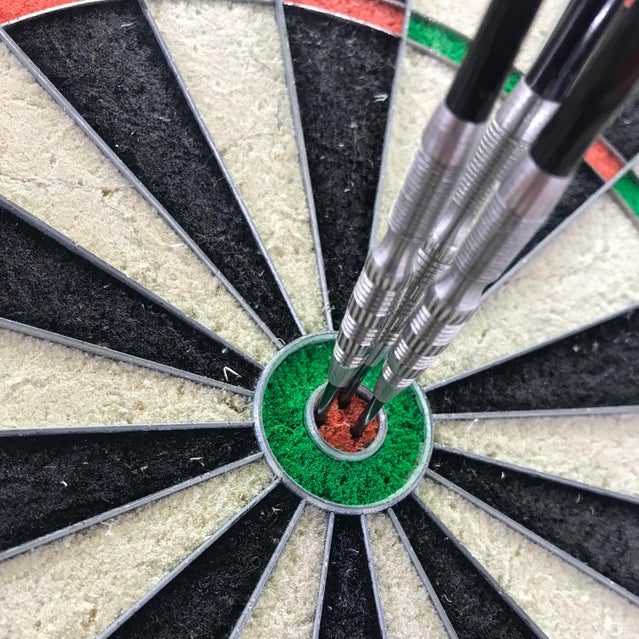
Brian Gamlin and the Genius Behind the Dartboard’s Number Order
Why are the numbers on the dartboard in the order they are in?
This Is A Deep Dive into the Strategic Design of the Modern Dartboard
If you’ve ever looked closely at a dartboard and wondered why the numbers are arranged in such a chaotic order—20 next to 1, 5 next to 20, 13 beside 6—you’re not alone. In fact, that unique layout is one of the most ingenious elements of the game. The credit, at least traditionally, goes to a man named Brian Gamlin, a carpenter from Lancashire, England.
Gamlin, according to lore, devised the current numbering system in 1896, aiming to penalize inaccuracy and reward precision. While very little is known about him—he passed away before he could patent his idea—the layout he supposedly created became the standard, and has remained virtually unchanged for over a century.
A Masterclass in Design
At first glance, the numbers on a dartboard might appear random, but the order was carefully engineered to maximize fairness and minimize luck. The key principle? Risk and reward.
Each high-value number is strategically placed next to much lower numbers. For example:
- 20, the most targeted section, is flanked by 1 and 5.
- 19, another high scorer, sits between 7 and 3.
This setup means a slight miss can be punishing. Aiming for a high score requires confidence, skill, and consistency. The design discourages “spraying and praying” throwing darts haphazardly in hopes of hitting a high value.
The Math Behind the Madness
Mathematically, the dartboard number sequence is often praised for its optimal punishment. It’s structured so that the average penalty for missing your target is maximized. For example, if you aim for 20 and miss, you’re much more likely to hit a 1 or 5—resulting in a significant drop in score.
Gamlin’s layout reduces the effectiveness of random luck, ensuring that the best players—the ones with the most control—are rewarded over time. It’s a balancing act between chance, psychology, and skill.
Myths, Mystery, and Modern Use
Although Gamlin is widely credited with the layout, historians have noted the lack of solid documentation tying him to the design. Some suggest the system evolved over time or came from pub competitions. Nevertheless, no one has successfully improved upon it. Alternative layouts have been proposed over the years, but none have caught on.
Today, whether you’re in a pub or on a professional stage, you’ll find Gamlin’s (or “Gamlin-esque”) layout used across nearly every standard dartboard. It’s a testament to a design that perfectly balances fairness with challenge.
A Quiet Legacy That Still Shapes the Game
Brian Gamlin may be a somewhat shadowy figure, but if he was indeed the mastermind behind the dartboard’s number layout, his impact on the game of darts is undeniable. His clever, strategic approach to arranging numbers has helped shape a game beloved by millions—where skill trumps luck and every throw counts.
- Brian Gamlin is credited with creating the current dartboard number layout in 1896.
- The layout is designed to penalize poor aim and reward accuracy.
- Despite little documentation, the design remains the global standard.
Want to learn more about the roots of the game itself? Check out our deep dive into The History of Darts: Evolution, Rules, and Culture and discover how this centuries-old pastime became the global sport it is today.







[…] Fun Fact:The standard dartboard number layout is believed to have been created by Brian Gamlin in 1896—a carpenter who wanted to make the game more challenging and fair. His layout has endured […]
Comments are closed.